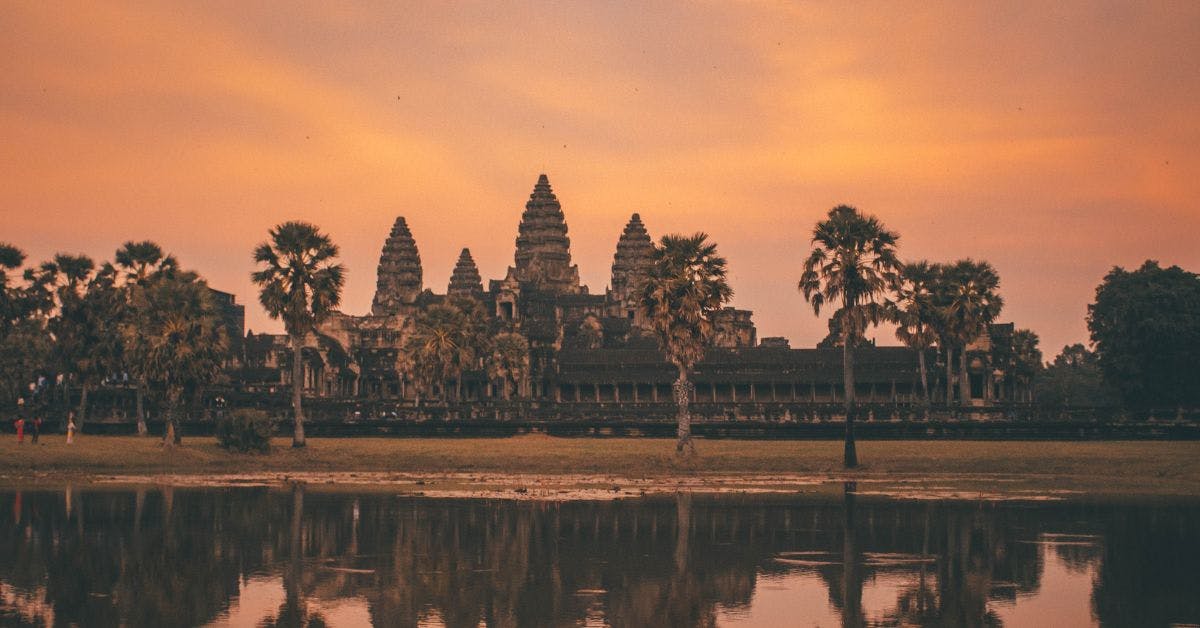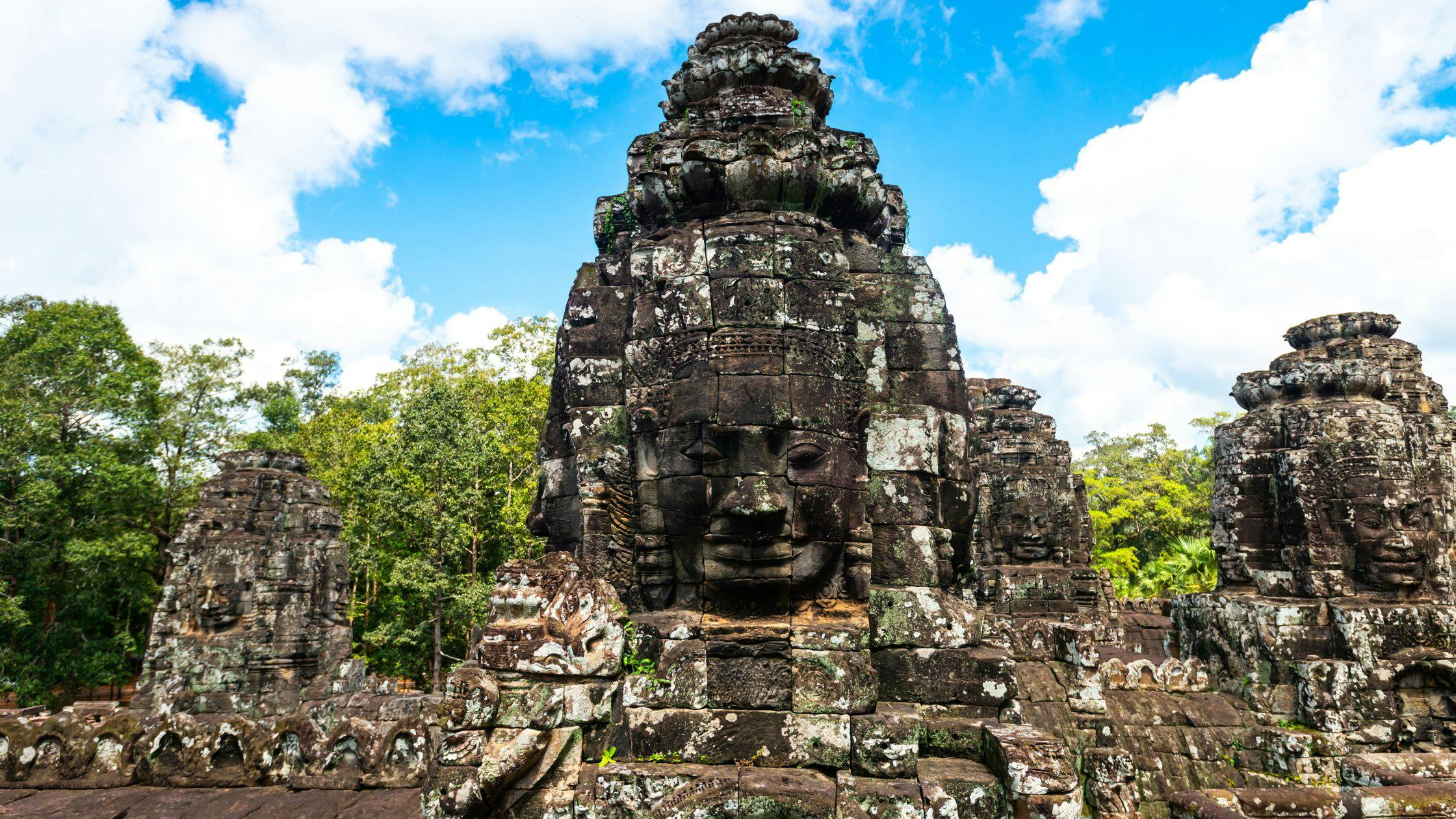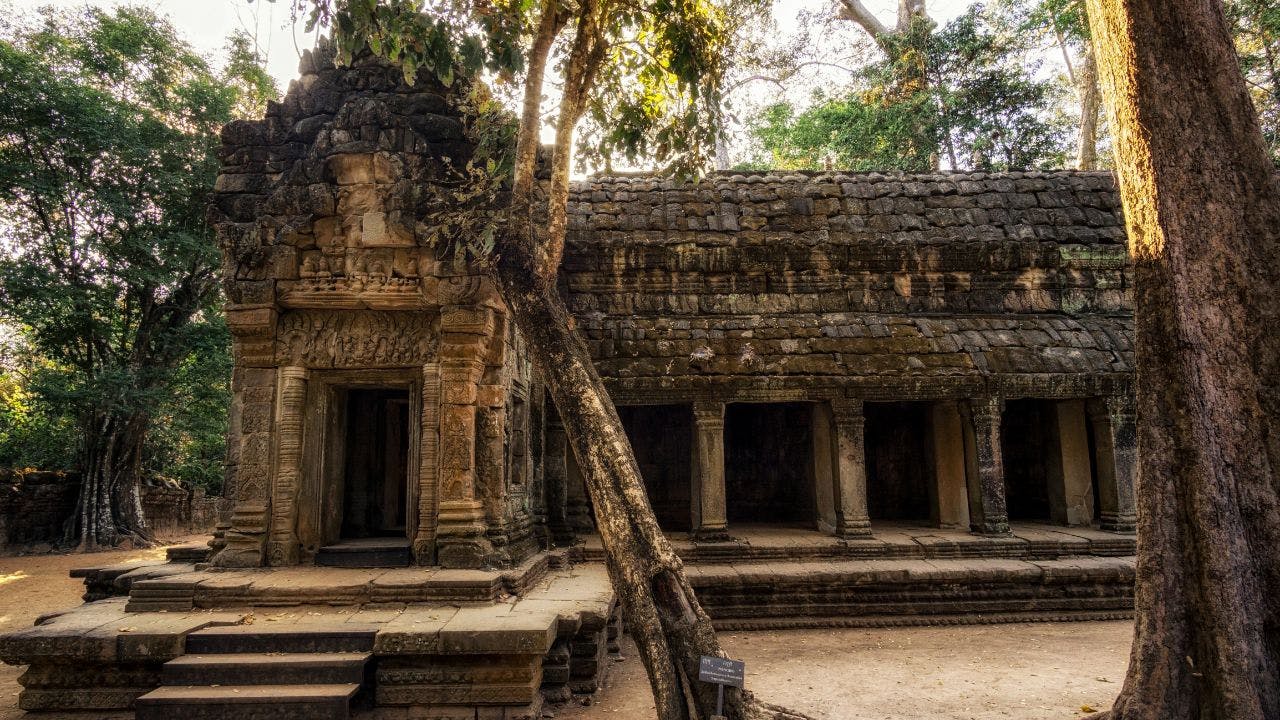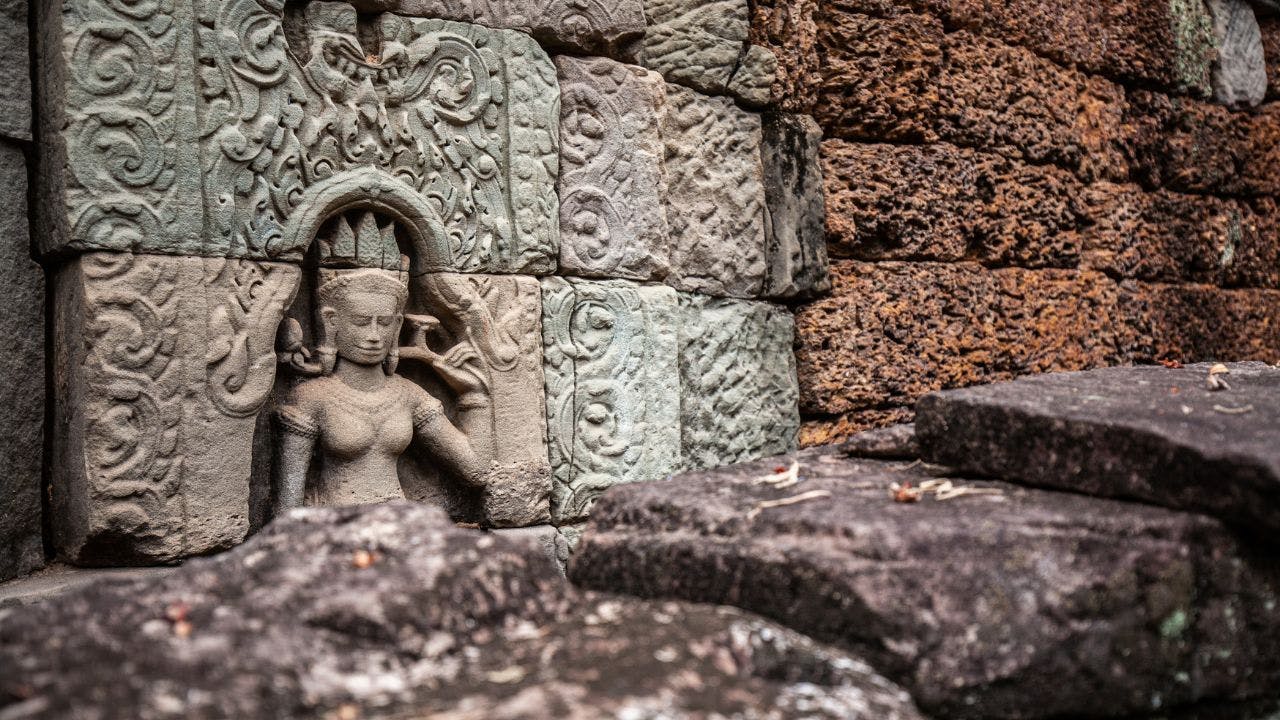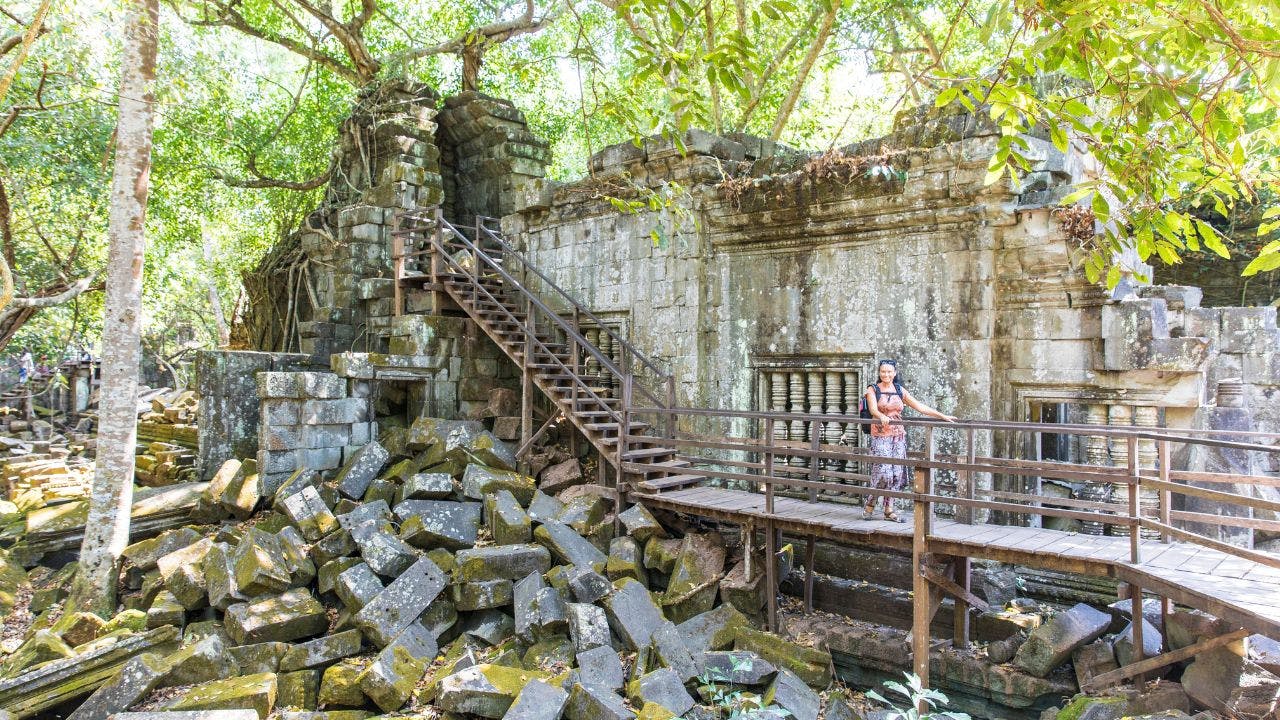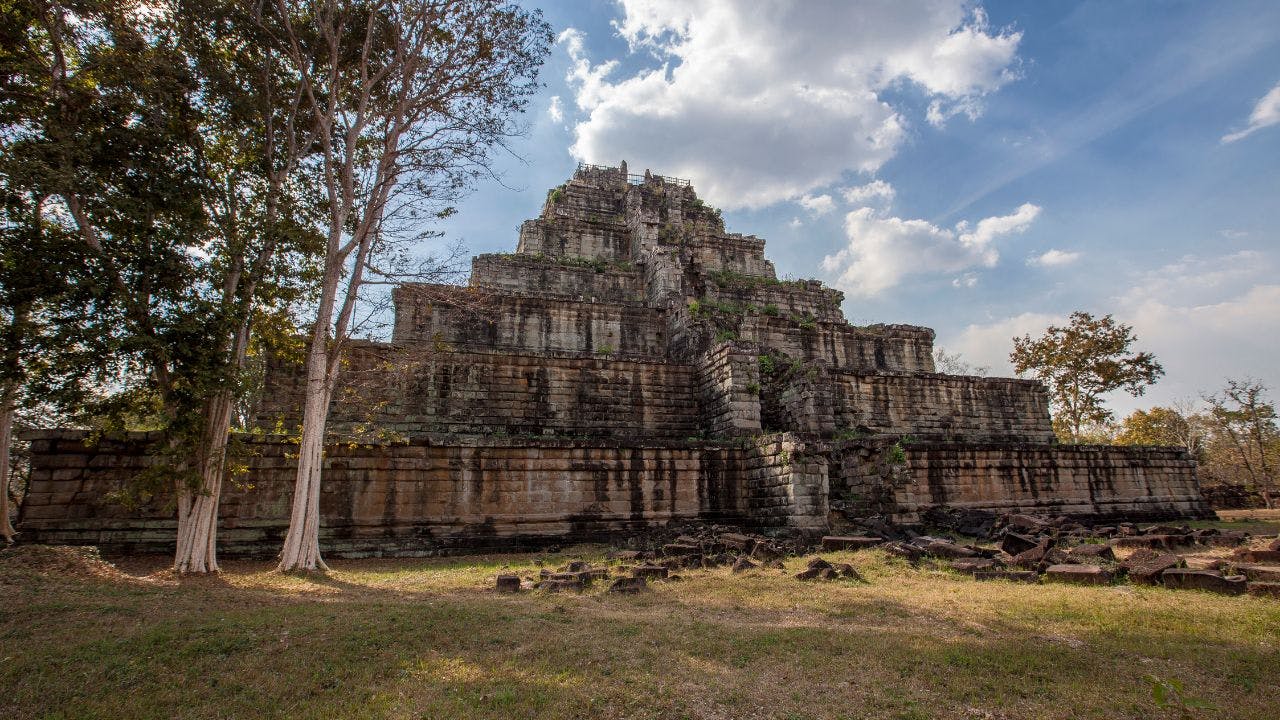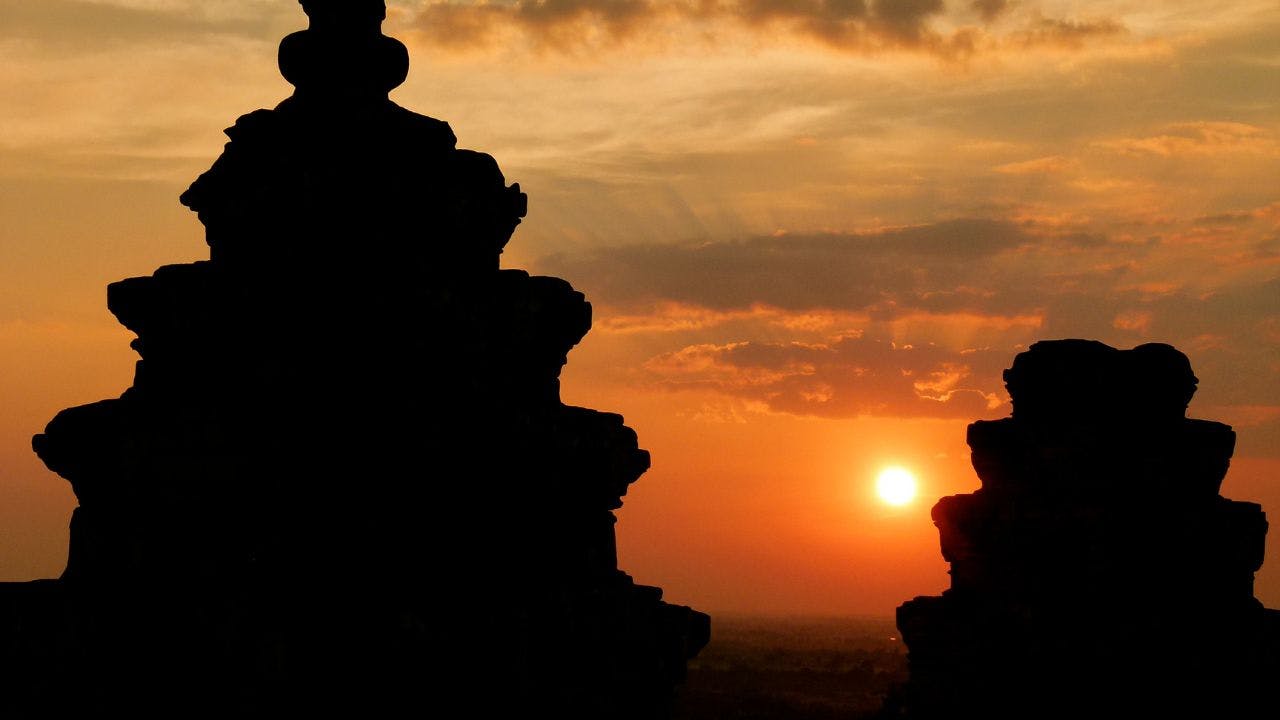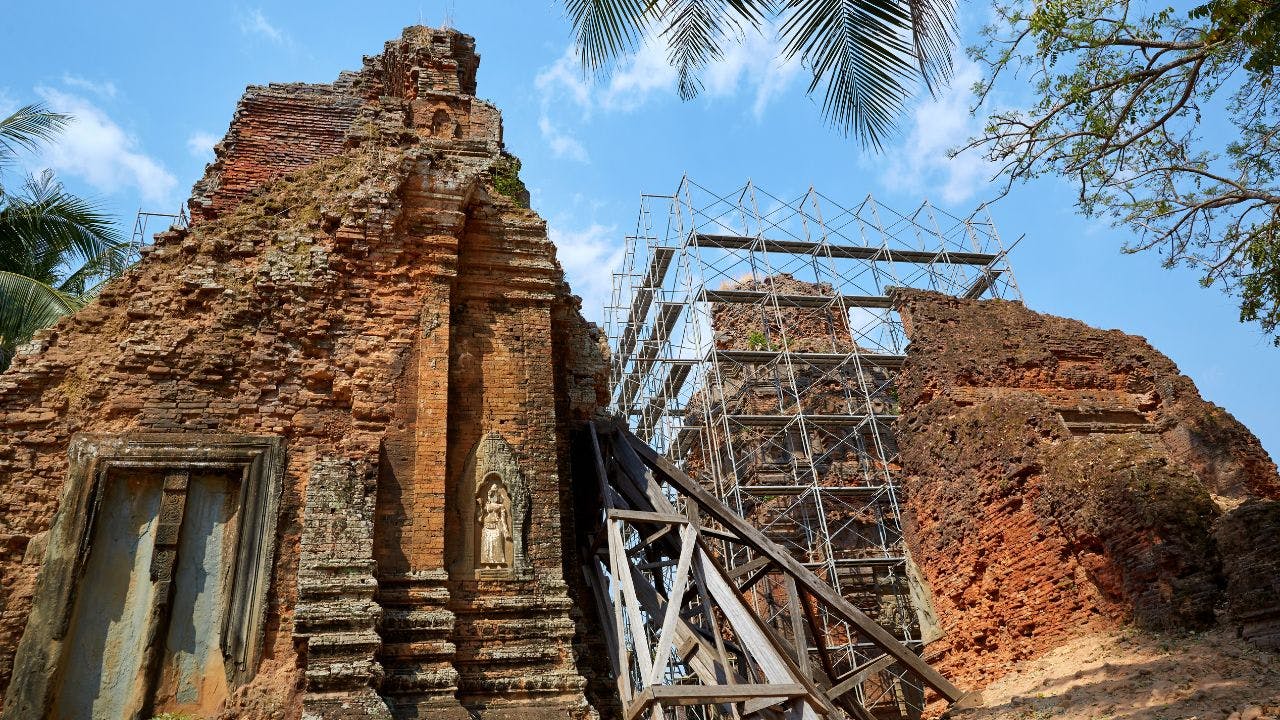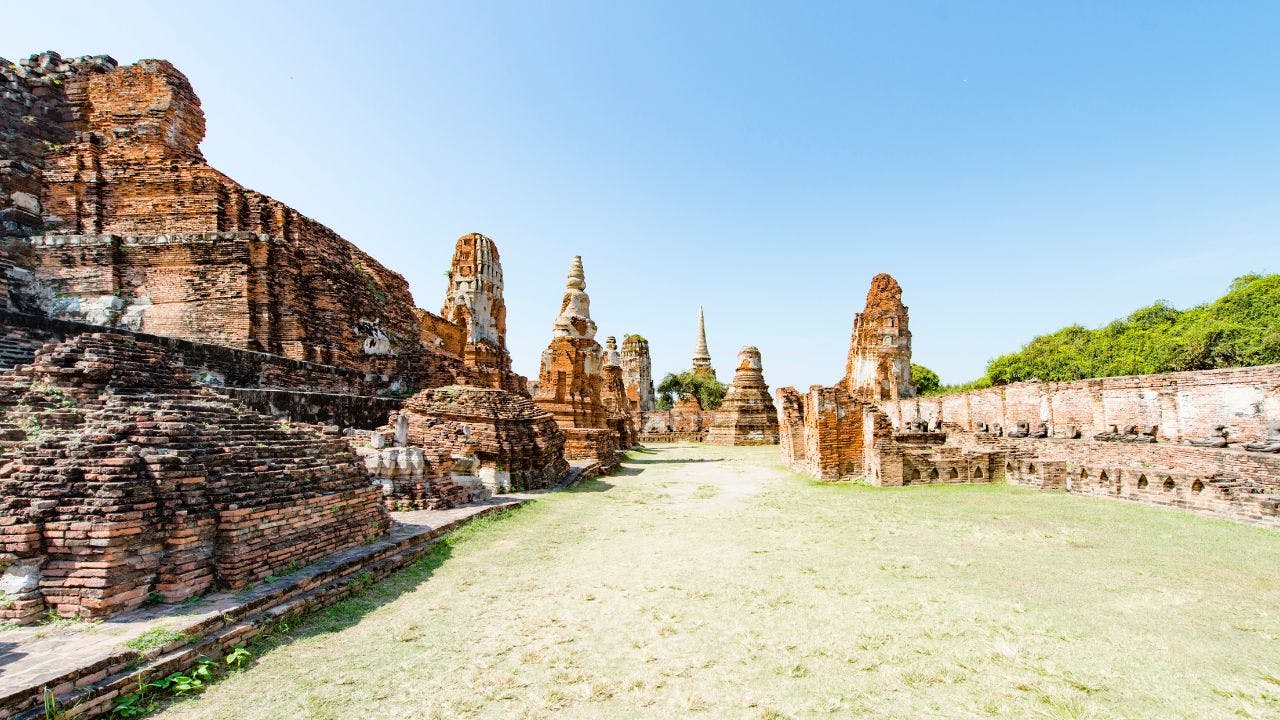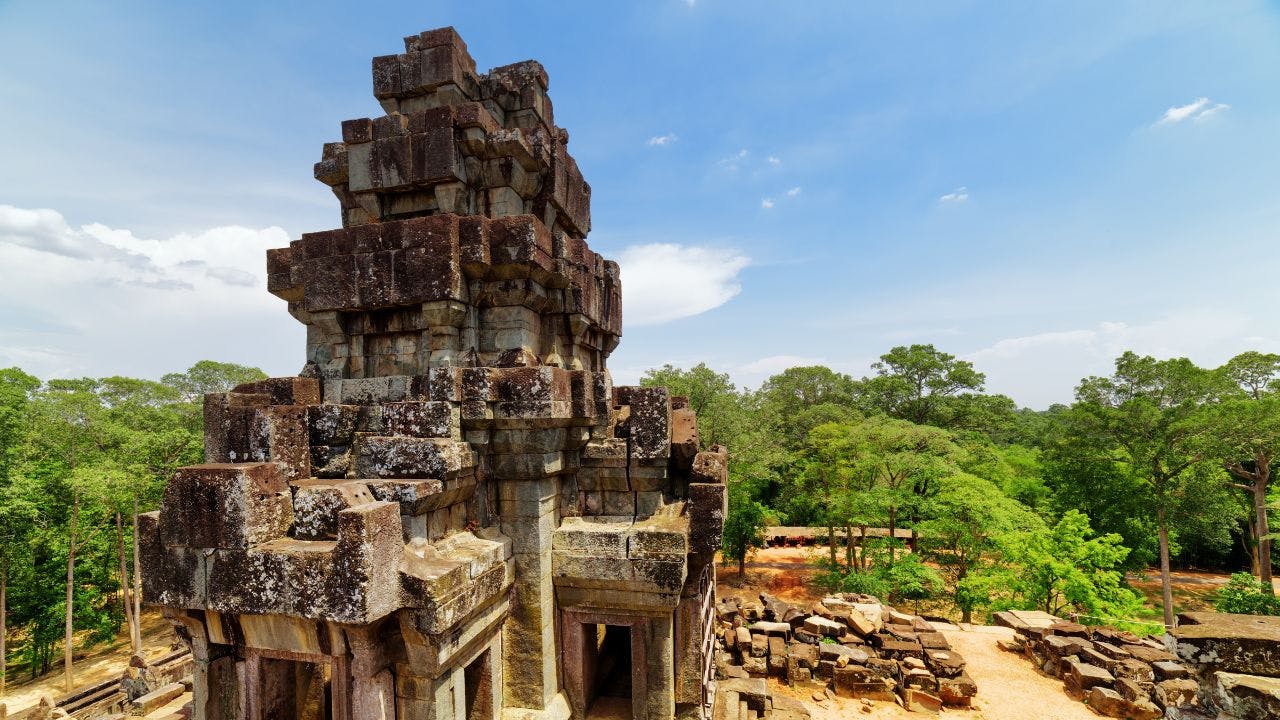Temples in Cambodia
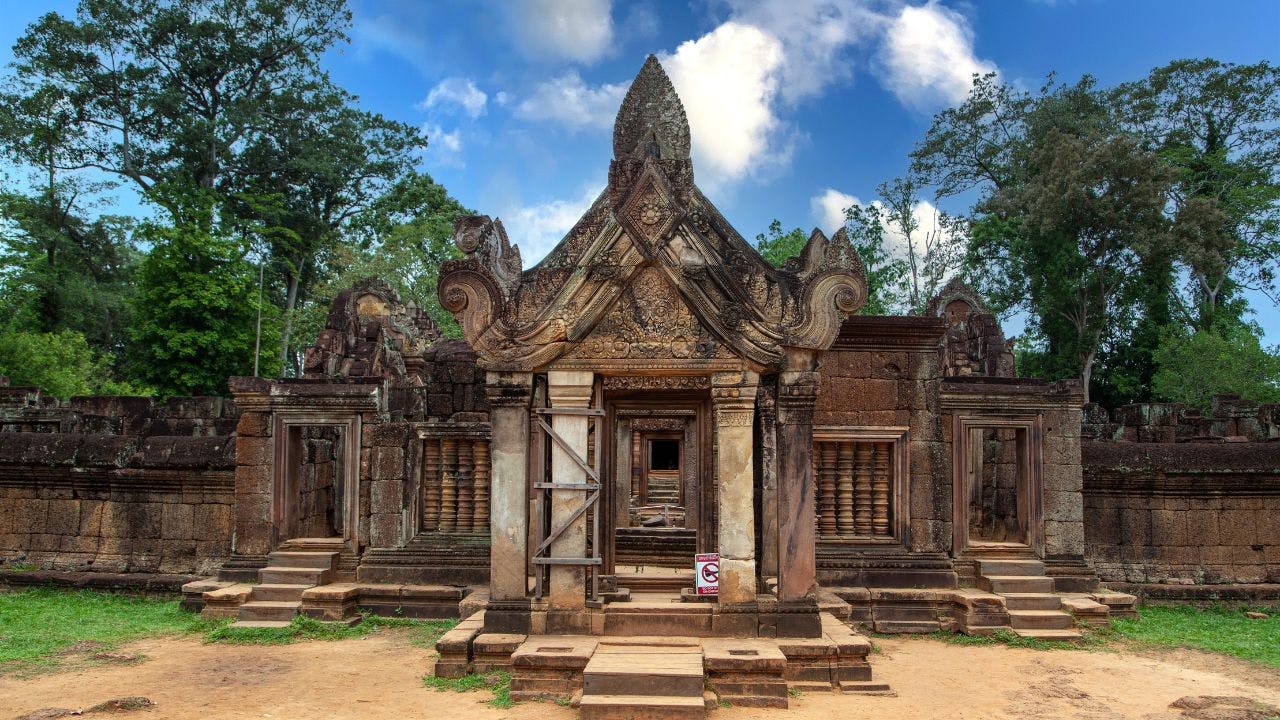
Cambodia is home to some of the world’s most magnificent temples, showcasing the grandeur of the ancient Khmer Empire. These temples, built between the 9th and 15th centuries, reflect a rich blend of Hindu and Buddhist influences, making Cambodia a spiritual and architectural wonder. The intricate carvings, massive stone structures, and unique temple layouts tell the story of a civilization that once ruled Southeast Asia.
From the iconic Angkor Wat, the world’s largest Hindu temple, to the mysterious Bayon Temple with its giant stone faces, Cambodia’s temples captivate history lovers and travelers alike. Whether you seek spiritual enlightenment or architectural marvels, these temples offer a journey through time, culture, and religion.
Plan smarter with visa fees included-check out the Cambodia visa for Indians before you book.
Why Are Cambodia’s Temples So Famous?
Cambodia’s temples are renowned for their historical, religious, and architectural significance, standing as testaments to the grandeur of the Khmer Empire. Built between the 9th and 15th centuries, these temples were not just places of worship but also symbols of power, cultural identity, and artistic excellence. The most iconic of them all, Angkor Wat, remains the largest religious monument in the world, reflecting the empire’s ambition and advanced engineering skills.
The temples of Cambodia showcase a blend of Hindu and Buddhist influences. Many, like Angkor Wat and Banteay Srei, were originally dedicated to Hindu deities such as Vishnu and Shiva. Over time, as Buddhism became the dominant religion, temples like Bayon and Ta Prohm incorporated Buddhist iconography, blending the two spiritual traditions. This fusion of beliefs is evident in the intricate bas-reliefs, carvings, and symbolic temple layouts.
Beyond their religious significance, Cambodia’s temples play a crucial role in tourism and cultural heritage. Each year, millions of travelers visit Angkor Archaeological Park and other temple sites, contributing to Cambodia’s economy. These temples not only attract history buffs and photographers but also serve as sacred pilgrimage sites, keeping Cambodia’s rich spiritual traditions alive.
Also, explore the best beaches in Cambodia!
Most Famous Temples in Cambodia
Best Time to Visit Cambodia’s Temples
Peak Season (Nov–Feb)
The best time to visit, with cool and dry weather, making exploration comfortable. However, expect large crowds at Angkor Wat and other major temples.
Shoulder Season (Mar–May)
Temperatures rise, reaching 35°C+, but the temples are less crowded. Early morning and late afternoon visits are ideal to avoid the heat.
Off-Season (Jun–Oct)
Monsoon rains bring lush greenery, creating a picturesque setting. Though some areas may be muddy, fewer tourists mean a peaceful temple experience.
Discover more about the best time to visit Cambodia!
Cambodia Temple Travel Tips & Essential Information
- Dress modestly by covering your shoulders and knees, as temples are sacred sites. Lightweight, breathable clothing is best for Cambodia’s hot weather.
- Be respectful by speaking softly, avoiding loud conversations, and never touching or leaning on temple carvings. Many are centuries old and fragile.
- Always remove hats and shoes before entering inner temple sanctuaries, especially active places of worship.
- The Angkor Pass is required for visiting Angkor Wat, Bayon, Ta Prohm, and surrounding temples. A 1-day pass costs $37, a 3-day pass (valid for 10 days) costs $62, and a 7-day pass (valid for a month) costs $72. Keep your pass safe, as random checks are common.
Also, explore why Cambodia is famous!
- For the best photographs, visit Angkor Wat at sunrise to capture its stunning reflection in the lotus pond. Bayon Temple’s giant stone faces provide excellent close-ups, while Ta Prohm’s tree-covered ruins offer dramatic shots. For breathtaking panoramic views, Phnom Bakheng is perfect at sunset.
- Stay hydrated and carry sunscreen, as temple exploration requires a lot of walking under the sun. A hat and sunglasses are also recommended.
- Hire a knowledgeable guide or download an audio guide to understand the rich history and significance of the temples beyond just admiring their beauty.
Explore how a smart Cambodia itinerary for 5 days can fit your travel budget from India.
Final Thoughts!
Cambodia’s temples are an architectural and cultural marvel, making them a must-visit. From the grandeur of Angkor Wat to hidden gems like Beng Mealea, each site tells a unique story. Beyond their beauty, these temples reflect the deep history and spiritual heritage of the Khmer Empire. A visit here is a journey through time, where ancient stone meets living culture. Plan your trip now and explore even more wonders; book your Cambodia tour package with Travelfika today!

